Over the past 10 years the concept of transit-oriented developments (TODs) has gone from an intriguing possibility to an essential component of major transit projects.
Ontario Line project is a case in point, delegates attending the recent heard, with many of the 15 stations targeted for TODs.
A Province of Ontario website dedicated to TODs associated with various Toronto area subway expansion projects lists 14 such communities, more than half linked to the Ontario Line, including the Corktown, Exhibition, Queen Spadina, King-Bathurst, Gerrard-Carlaw, Cosburn, Eastern Avenue, Pape and Thorncliffe Park stations.
But with increased integration of TODs into transit planning comes the need for more sophisticated benefits analysis.
Adrian Lightstone, senior vice-president of , led off a Transport Futures session on innovation Sept. 4 championing an approach to TOD project planning called Integrated Transit Appraisal.
Transit projects integrate housing
“The shift is that we’re seeing now, and what we’ve been working on, is really trying to understand from the beginning of project development how to integrate the housing component, the transit component and the supportive infrastructure, like new utilities, new active transportation and so on, into one large, integrated program that is assessed together,” said Lightstone.
Criticism he has heard of the approach includes concerns that proponents are making an already complex project even more complex, Lightstone said.
But there are several major reasons why the market is shifting that way.
One is overall program optimization: “How to look at not just delivering the best transit project, but thinking about, how do we advance housing? How do we bring more housing into the mix sooner, so we get the direct benefits of incremental housing sooner?”
In addition, there is consideration of program optimization, with an analysis of benefit attribution to inform stakeholder negotiations, Lightstone said.
Projects with greater value as viewed through social welfare and land value lenses become higher priority than those that simply meet transit demand.
“This is a big one, where, when you’re looking at how you might capture things like land value or funding contributions from different levels of government, really understanding from a methodological level and analytical level how we might attribute those benefits and how that informs the negotiations around funding,” he said.
Programs already in use around the world include the Australian Transport Assessment and Planning Guidelines, where valuing the TOD component combines “higher value land use” with “second-round transport benefits,” Lightstone said, and the U.K. Department for Transport’s Transport Analysis Guidance.
That program values the TOD component using Direct Land Value Uplift methodology.
Meanwhile Canada is also in the game, Lightstone said — the Canada Public Transit Fund 3 includes requirements concerning housing, and Bill 471 in British Columbia requires TODs to integrate with transit Infrastructure.
The Broadway Subway Extension project in Vancouver already prioritizes co-developing housing along the line.
Metrolinx has also done good work in advancing the broader business case of subway projects, Lightstone said, buying into a four-stage business case model.
Later on, another presenter during the innovation session, Hitachi Rail principal manager Alexander White, offered insights into how the consortium delivering the Rolling Stock, Systems, Operations and Maintenance contract on the Ontario Line is also relying on experience gained during successful international projects.
Hitachi is part of the Connect6ix consortium along with Plenary, Transdev, NGE and Webuild.
Successes in Copenhagen, Honolulu
For 20 years Hitachi has worked to bring autonomous rail transit to the Copenhagen Metro and the firm recently worked on the first automated railway in the U.S. — the Honolulu Skyline Phase 1.
Hitachi Rail is also working on the Hazel McCallion line in Mississauga.
The firm emphasizes digital asset management to achieve excellence in rolling stock project delivery, White said.
“Digital innovation across the business is really helping drive this mobility transition,” he said.
Once the early civil works are complete, White noted, Connect6ix will overlay the electrification infrastructure, the rail infrastructure, signalling components, security infrastructure, intrusion detection and more, and also construct a maintenance and storage facility near the Thorncliffe Park Station.
Hitachi brings an “operational readiness mindset from day one,” said White.
Hitachi’s digital asset management program uses AI to be predictive rather than reactive, White said.
“We can predict failure…learning from experiences globally and applying them locally to the project, by having that interaction with those other projects,” he said.
Follow the author on X/Twitter @DonWall_DCN


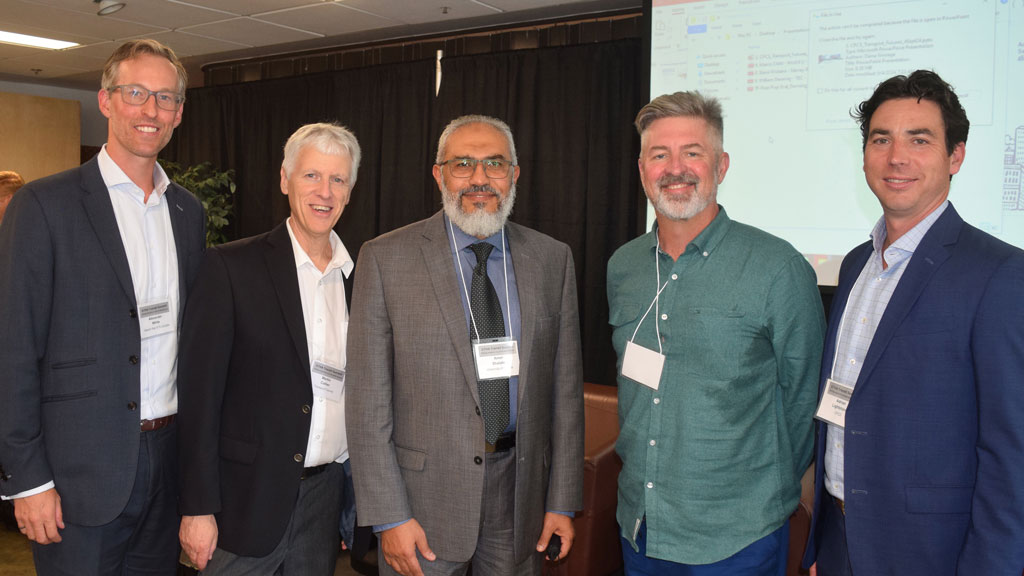
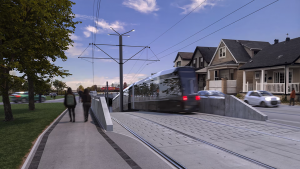

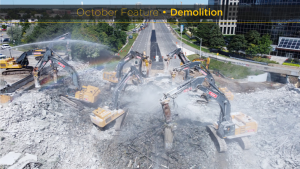

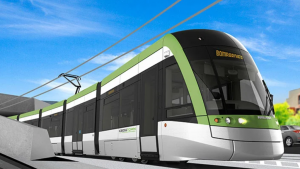

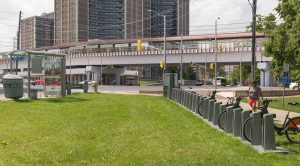
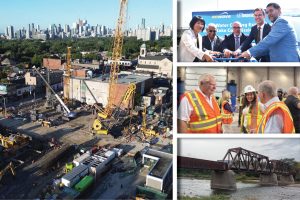
Recent Comments
comments for this post are closed